November 2, 2022
Artist To Watch
RACHEL LIBESKIND
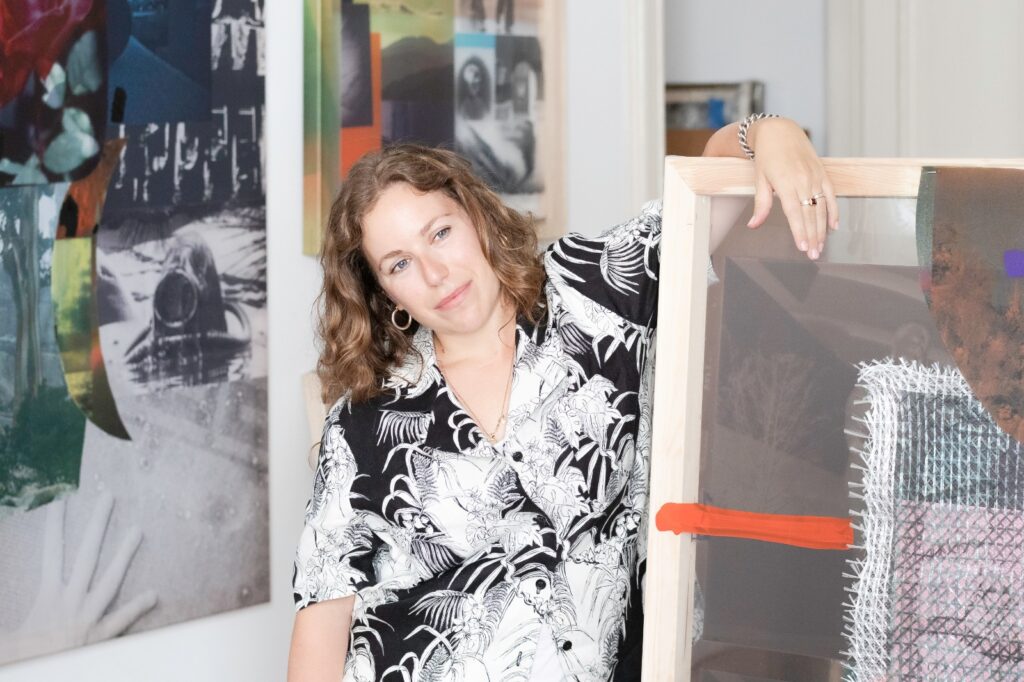
NB: Can you share your experience with art as a younger woman and how you arrived at what your practice is today?
RL: I am very lucky to have been raised in a very artistic family. As a child I was always encouraged to follow my dreams and was told that art was the best thing you could do with your life. I spent a lot of time making art, although as a child and young adult I was much more involved in acting and singing, and I did a lot of that professionally as a kid. At university I got a degree in French Literature; since I finished early and had two more years left, I figured I would get another degree in visual studies. I had a great professor who suggested I should be an artist, so this is where I ended up. (I also graduated into a profound recession and watched the government and economics majors struggle to find work – being an artist made sense in that context).
I now realize that I’ve had great luck in terms of showing my work, selling my work, and being able to actually have a valuation of my work.
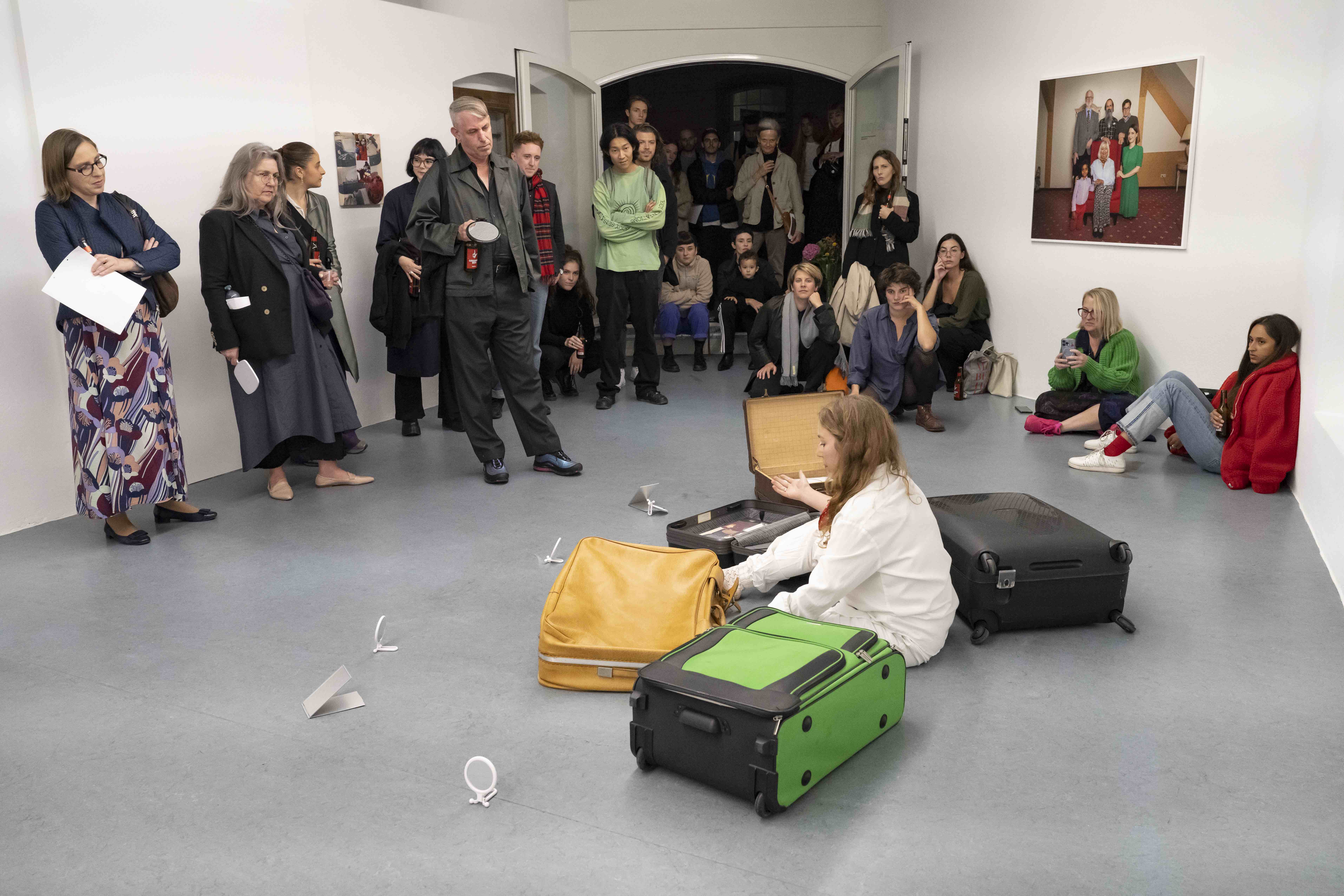
NB: So can you speak on how the process of collage, installation, video and performance inform each other and how does your approach vary between them? How is a live performance different from other works?
RL: The way I think about it is that all of my work has a collage logic. That is to say, I allow myself to freely take and mix any element I want in whatever form I’m using it –that’s the beauty of collage, that it’s the most liberating form. A lot of artists are very specific, and I have been told many times in my life that I should narrow my practice, but I just can’t. I am someone who’s very multifarious, and I really believe that every idea I have that I want to transmute to work deserves its own form and deserves to be critically examined in whatever form it needs.
The performances are a little bit their own world, they serve to me as this connective tissue between my research and my studio practice. For me, performances are an opportunity to imprint people in a different type of way because it’s the most ephemeral form of art. I think a lot about my performance practice as an experience that someone has of me that they’ll never have again. In this way performance is an incredibly unique and wonderful thing that I believe all artists, even people who have nothing to do with performance, should pursue.
NB: How do you describe the parallel between the personal experience and community engagement in your work? Are there certain projects that you feel are more personal than others?
RL: Yes. The performance work is always hyper personal because I’m there as the work, and I’m always telling a story. My studio practice and the work that gets shown in galleries and institutionally is personal because it’s me making it, but there’s a negotiation that happens with how much vulnerability is allowed to permeate into the presentation of work. Vulnerability and authenticity are, in my opinion, the key to what makes art “good”, although this also can make things too heavy-handed at times.
Another important aspect is history, the central framework of my practice. History is collective, but the way in which we encounter it is personal. I’m interested in the different ways in which we all think about history, the ways in which we were all taught history, and the ways through which we all connect to our own histories. It is within those fault lines, where the personal comes up for me and for my audience.
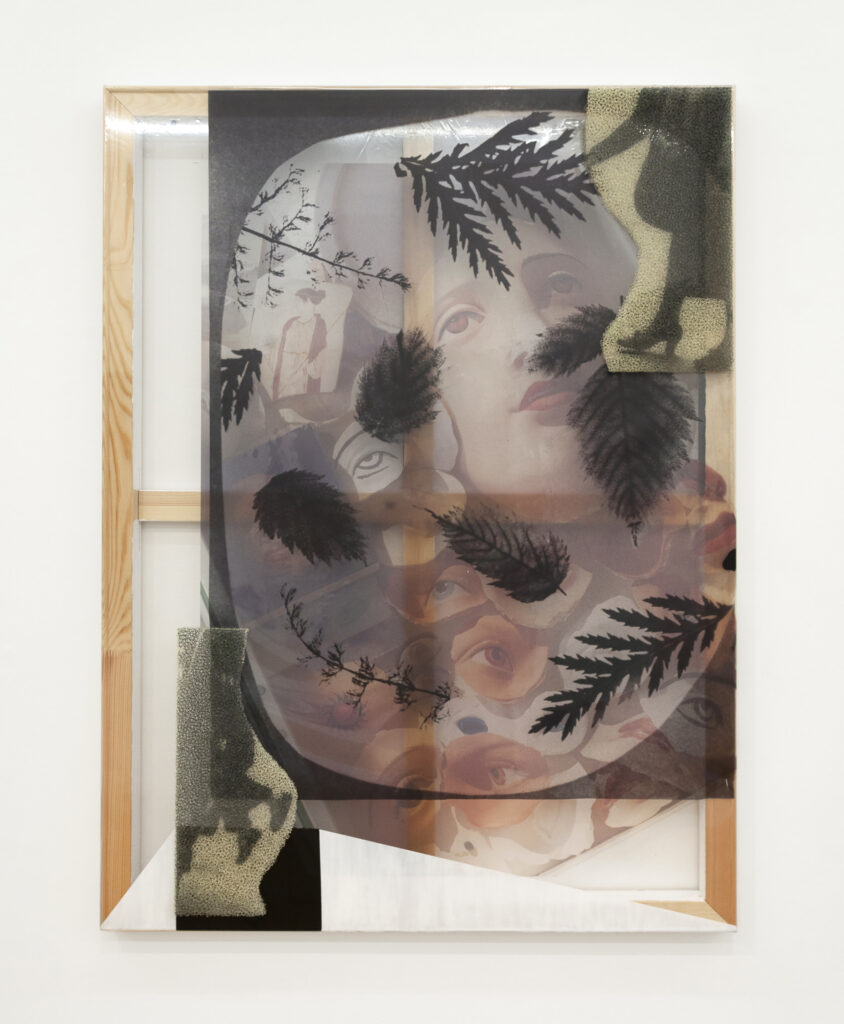
NB: Your work often consists of image archives that reference history. Can you talk about this process and how the work evolves from the initial research towards a finalized work?
RL: The initial research is often a very long and slow process. It begins when I encounter an image and I think “what is this crazy photograph? I’ve never seen this” or “who took this? Where does it come from? Who are the subjects and why were they chosen?” And then for years I will slowly build research around it, meaning there’s often multiple concurrent research projects happening in the studio. Luckily I have brilliant people to help me with it.
What ends up happening during this process is that my specific interests or questions begin to coalesce and I decide how narrow or wide the archive for a specific project is: then I make a choice about the form the work is going to take. Once I know whether it’s going to be a video, an installation, a performance and/or some sort of collage, I begin to build the archive that belongs with, and informs, the work. In the end every work of mine has its own archive and that archive comprises a selection from multiple archives that exist digitally or in real life. When the work is done, the archive is closed and I usually make a book, a password encrypted website, or something that encases the archive.
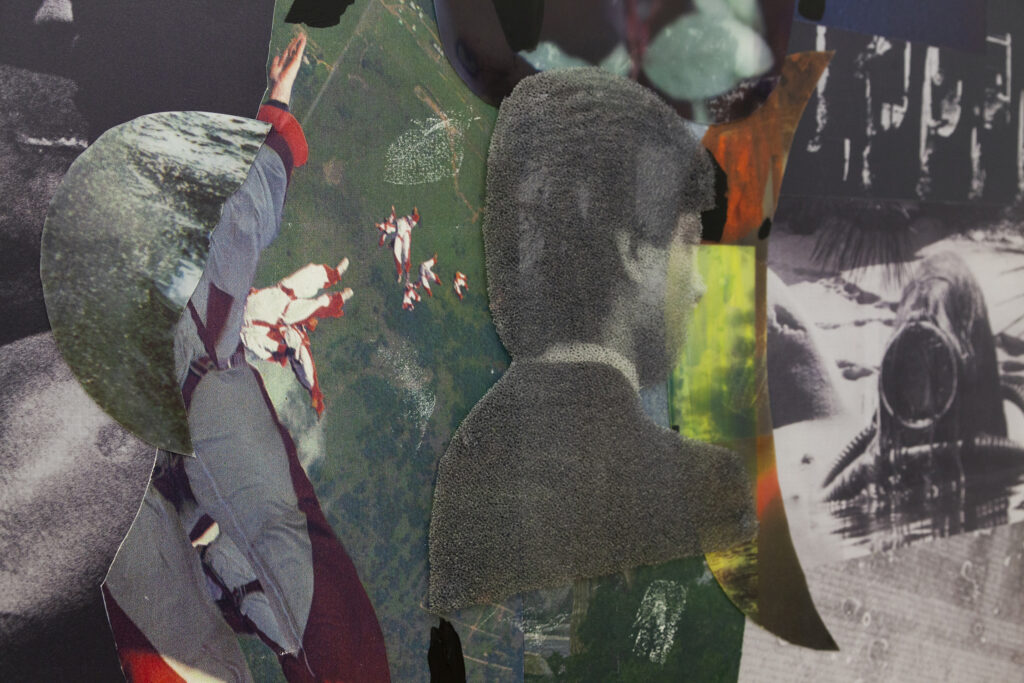
NB: Can you tell us about your most recent show, Transparent Things at Signs and Symbols and your new body of work Windows?
RL: My show at Signs and Symbols is a collection of 10 paintings (or as the director of the gallery calls them assemblages) that are made out of PVC, latex, silicone, paint, staples, linen, and paper. I basically wanted to work on a stretcher bar, to work on canvases, just because I really love Painting. I collect a lot of paintings myself but part of why I don’t usually paint, and part of why I’m sort of a mad woman in terms of how many forms I like to use, is because I’m always grappling with this masculinity of painting. Perhaps it’s because I studied with Benjamin Buchloh that I had this idea of post-war 20th century painting: I love Richter, Kiefer, Newman, Rothko, and Pollock, and these are all incredible painters, but I’ve always felt under a kind of suffocating claustrophobia of that work as a woman.
Additionally, painting is so incredible because for thousands of years, before altars and frescos, screens and photographs, we’ve been making life-like marks on walls such as cave paintings. There is something deeply innate in that process and that encounter. In the Renaissance for example, the painting that lived in the home of a usually wealthy person was like a window, this other world or portal that you could transport yourself to, in the way that a screen is today. These works at Signs and Symbols are a meditation on that, both on my grappling with “what is painting?” and what can I get away with calling a painting and enshrining myself in the legacy of great male painters.
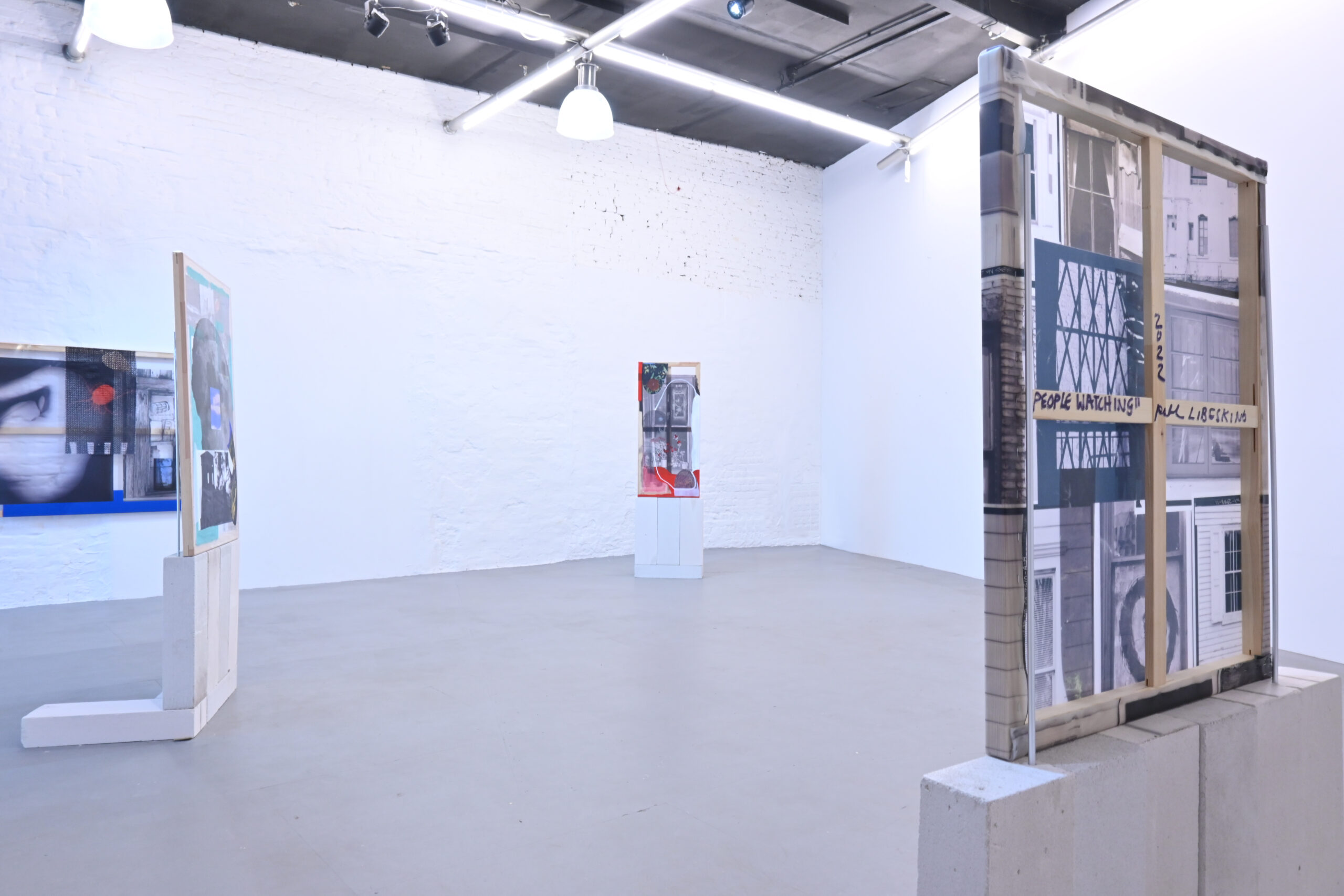
NB: Would you be able to share with us any upcoming exhibitions or projects that you’re excited about in the future?
RL: Of course. I’ll be doing a very exciting Christmas Nativity scene for Half Gallery Annex that will be up for a few weeks over the holidays, at the corner of East 4th and Avenue B. I’m not actually Christian, but I really love nativity scenes because there’s no irony in them, and it’s such a wonderfully direct opposition.
I’m also working on a project in Sicily about migration and diaspora. Sicily has such unbelievable, untouched, incredible churches and iconography that’s around, and so many people who are taking over abandoned churches and making shows in them. This whole art scene I’m starting to discover there is amazing.Lastly, I am very excited for my first solo museum show in 18 months, at the Jule Collins Smith Museum of Fine Art at Auburn University. I’ll be going to Alabama in a few months to do more research in their archive and I’m really looking forward to it.

